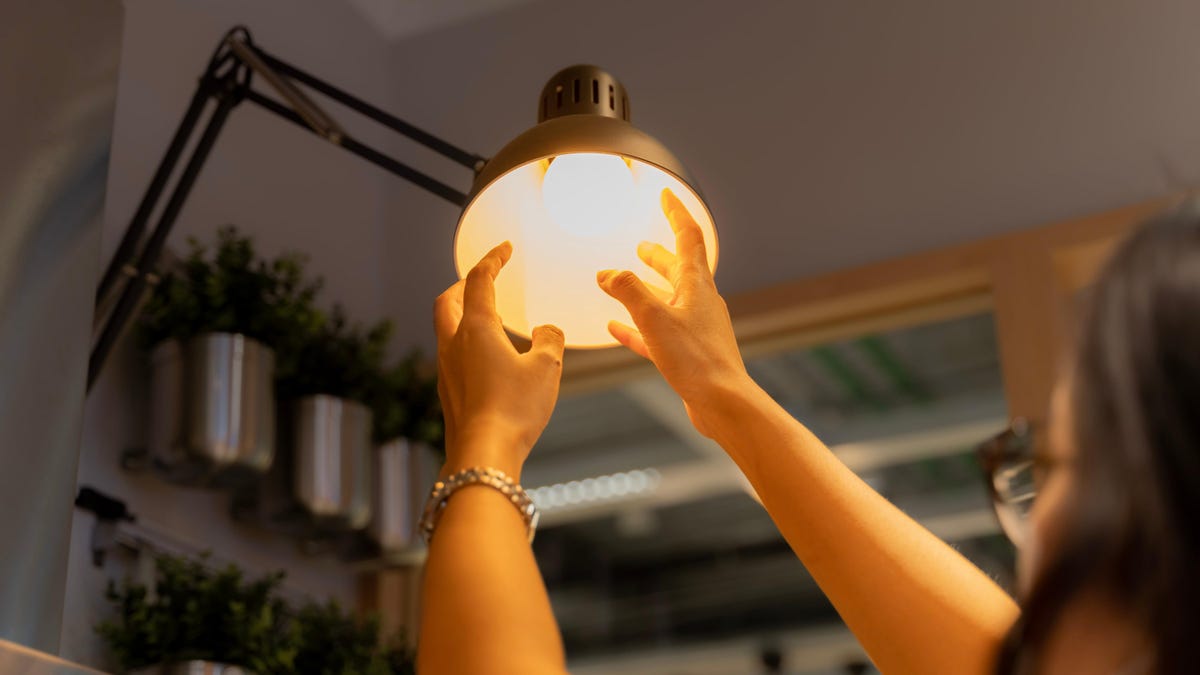
As of Aug. 1, 2023, incandescent lightbulbs are effectively banned for sale and manufacture in the United States—mostly.
The culmination of a governmental initiative that began in 2007, during the George W. Bush administration, the new regulations require a minimum energy-efficiency standard of 45 lumens per watt for lightbulbs sold in the U.S. Incandescent bulbs cannot meet this requirement; the average incandescent bulb puts out around 14 lumens per watt; LED bulbs, on the other hand run at 75-110 lumens per watt.
What kinds of lightbulbs are now banned?
From now on, just about any normal, screw-it-into-a-socket lightbulb you purchase will be an LED or fluorescent. Incandescent bulbs will not be on sale legally. It’s not illegal to buy or use them, though, so if you find a hardware store unloading old stock of incandescent lightbulbs, it’s their problem, not yours.
Do I have to throw away my old lightbulbs?
No. You can keep using your old bulbs until they burn out. Incandescent lightbulbs are still legal to own and use, just not to sell or make. About half of U.S. households have already made the switch though, according to the U.S. Energy Information Administration.
What kind of incandescent lightbulbs will remain legal?
There are plenty of special-use incandescent bulbs that will remain legal to buy, sell, and manufacture, including:
- Appliance lamps
- Black light lamps
- Bug light lamps
- Plant light lamps
- Colored lights
- General service fluorescent lamps
- Chandelier bulbs
- Lamps that have a wedge base or prefocus base
- Left-hand thread lamps
For a full list of still-legal lamps, check out the Department of Energy’s PowerPoint.
Are fluorescent light bulbs banned too?
Fluorescent lightbulbs are perfectly legal to buy, possess, and make in the U.S.—for now. The Department of Energy recently proposed a rule that requires an efficiency level of over 120 lumens per watt for most common bulbs, which would put fluorescent lights, with their 45-100 lumens per watt, on the block. But whether and when this goes into effect is unknown.
Are LED lightbulbs better than incandescent lightbulbs?
No matter how you feel about government regulations meant to force you to make the switch to more efficient lighting, it really is good for you.
You could argue for the aesthetics of old-school lightbulbs over LEDs, but not much else. Less than 5% of the energy that powers a typical incandescent bulb is converted into light. The rest is wasted on heat. LEDs are a mirror image: 95% light, only 5% heat. LED bulbs last a lot longer than incandescent bulbs too: 20,000–30,000 hours per bulb (about 20 years) as opposed to around 1,000 hours for an incandescent bulb.
While the upfront cost of LED bulbs is higher than incandescent, the greater efficiency and longer life more than makes up for it: It’s estimated that an average household saves $215 a year by switching to LED—that’s $4,300 over 20 years.
So unless you need to warm up your monitor lizard’s terrarium, you can’t let go of your vintage Easy-Bake Oven, or you just really love changing lightbulbs, LEDs are a far better choice.

Comentarios recientes